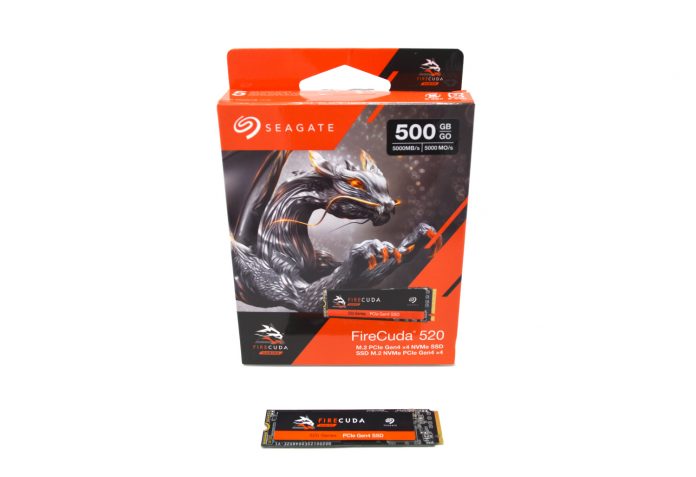Today we are taking a look at the Seagate Firecuda 520 500GB SSD. This is a premium drive from Seagate featuring PCIe 4.0 x4 connectivity, the Phison E16 controller, a DRAM cache, and TLC NAND. This is the first PCIe 4.0 SSD we have looked at in our new series of SSD reviews, and we have high-performance expectations as a result.
Seagate Firecuda 520 500GB Overview
The Seagate Firecuda 520 500GB comes in a double-sided M.2 2280 (80mm) form factor.
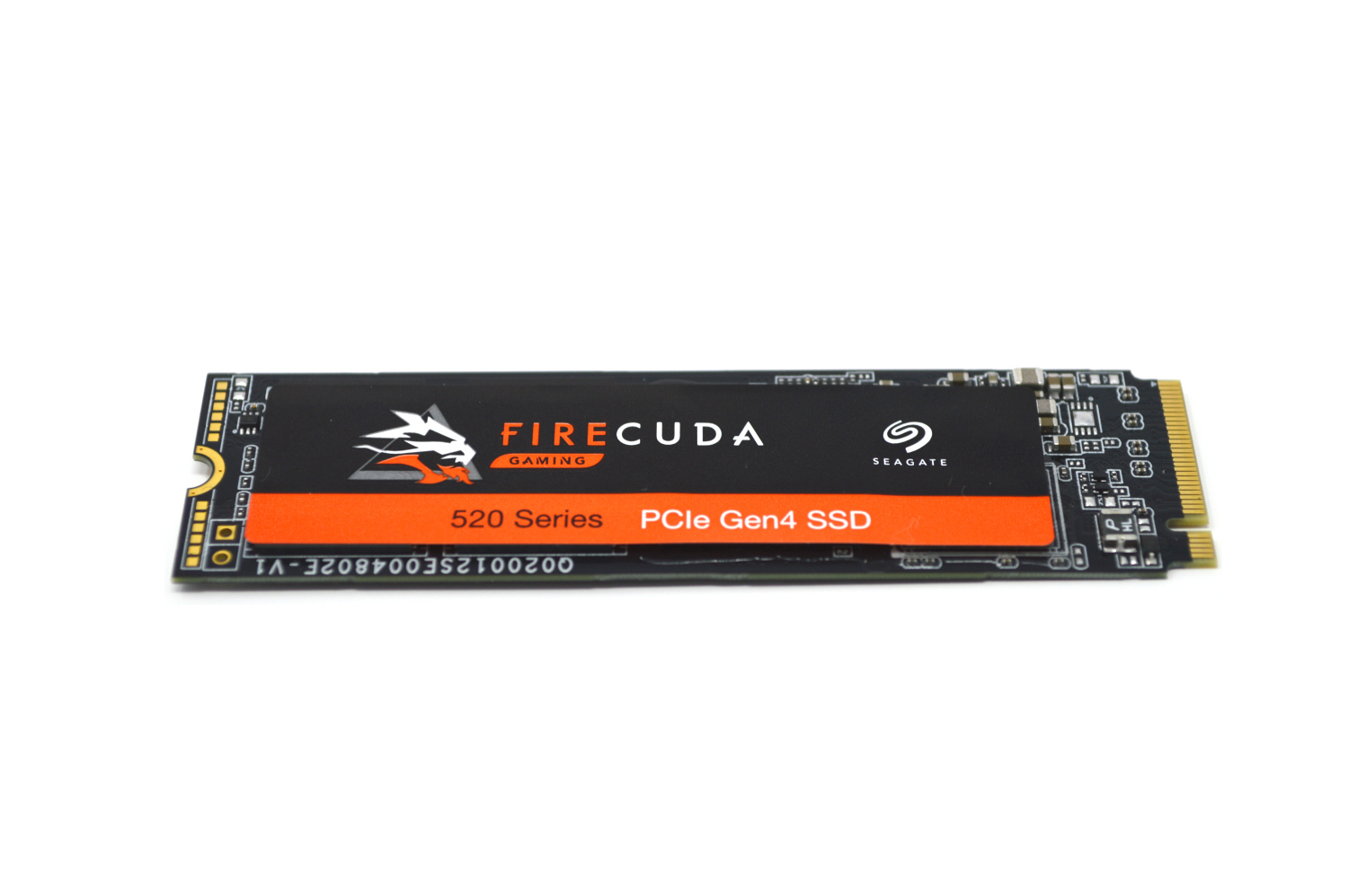
There is no heat spreader of any kind, so thermal performance will be something we want to keep an eye on since many PCIe 4.0 SSDs come with a heatsink and the Firecuda 520 does not.
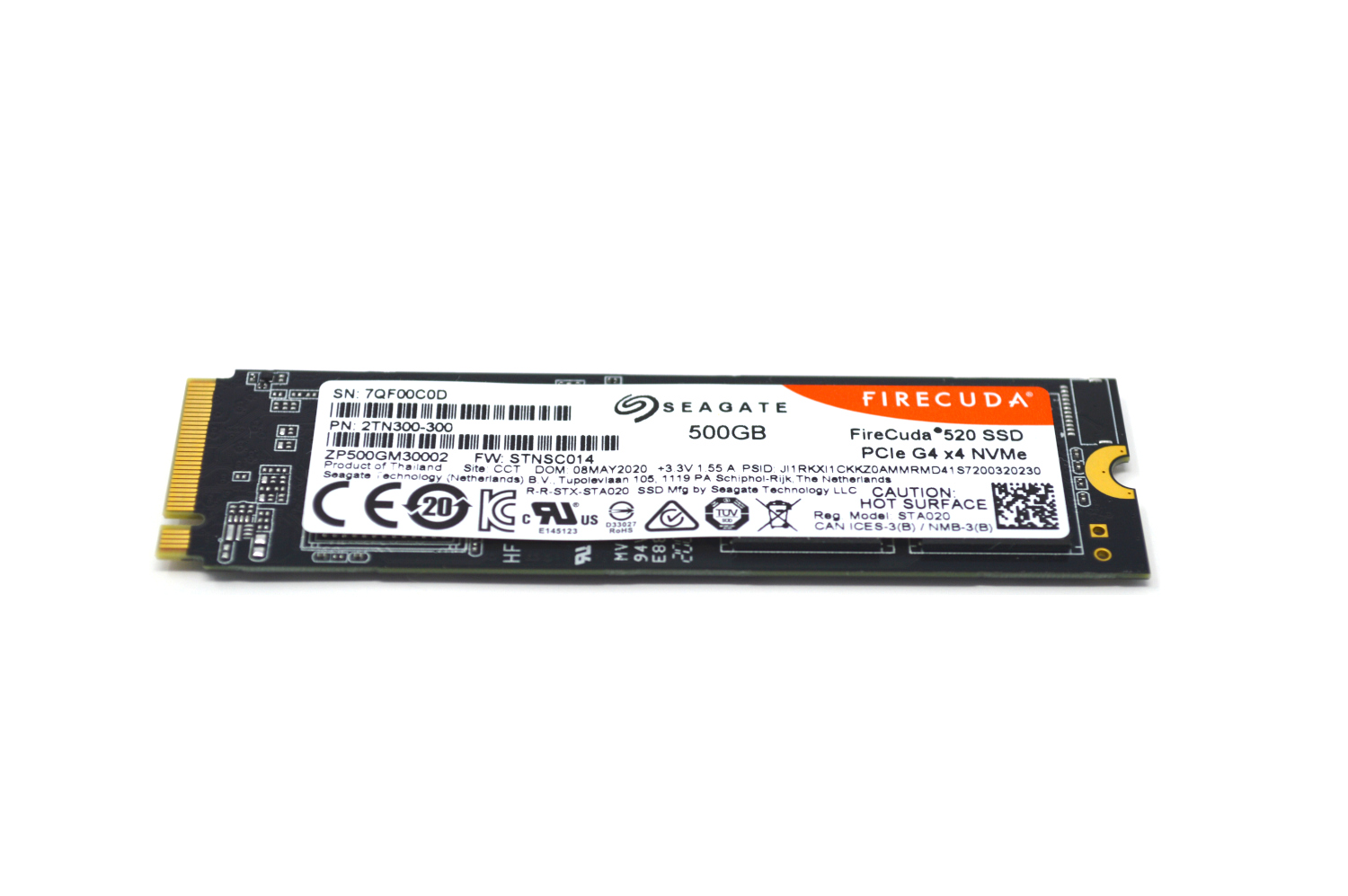
The back has a label with additional product information and half the NAND. As these modules are not intended for servers with sync writes, there is no power loss protection (PLP.) You can read a bit more about why PLP is important in some server workloads in our piece What is the ZFS ZIL SLOG and what makes a good one. That looks at a specific case but has a few diagrams and an explanation around what goes on with these drives when they do and do not have PLP.
Seagate Firecuda Software Bundle
The only software provided for download with the Seagate Firecuda drive is the SeaTools utility.
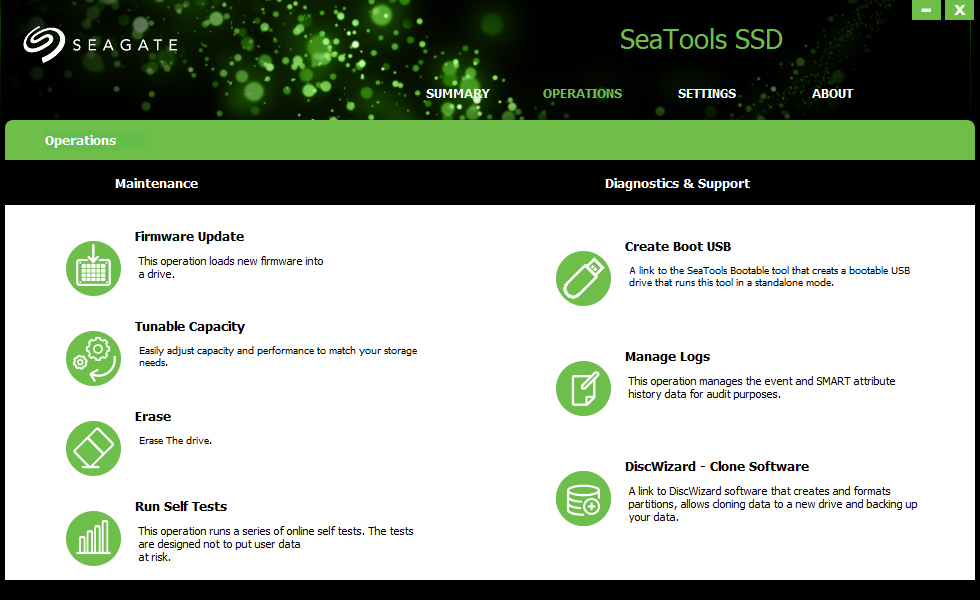
This utility grants access to a number of functions including firmware updates, drive tests, SSD erasing, and cloning. None of these utilities were tested as part of the review, but it is nice to know they are there.
Seagate Firecuda 520 Specs
The Firecuda 520 line of TLC based SSDs has 500GB, 1TB, and 2TB capacities available.
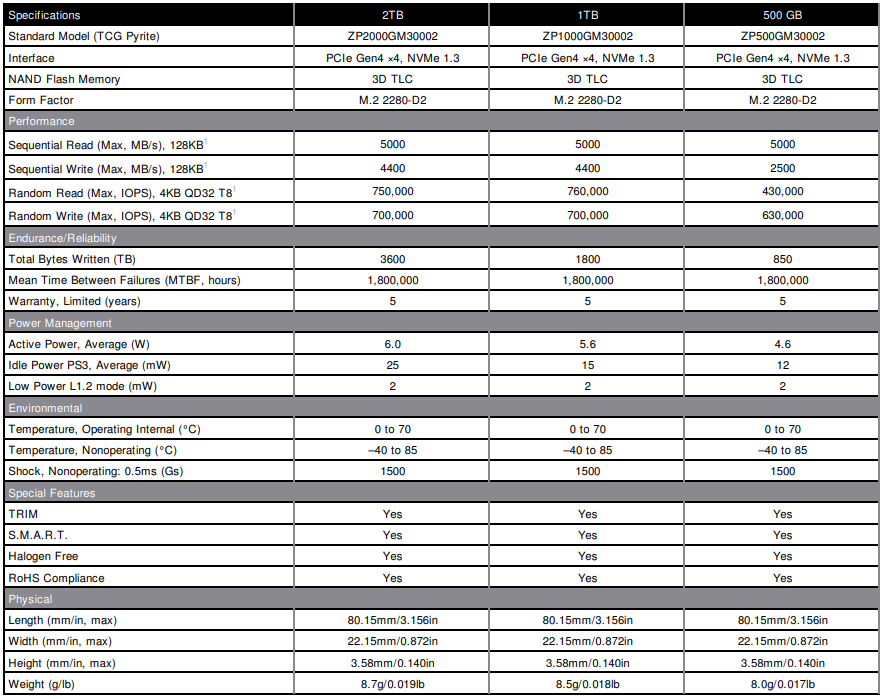
Since we are looking at the smallest drive in the line, performance and endurance will naturally be on the lower end due to how controller channels are populated.
The advertised specs are interesting; the 5000MB/s read speed is the flagship performance metric (it is printed directly on the box as well) and takes advantage of the PCIe 4.0 interface. For the 500GB drive in particular, though, the 2500MB/s write speed is well within the capabilities of previous PCIe 3.0 based drives. Another mark in the good column for the drive is the high 850TBW endurance rating; this is a significant upgrade over something like the Samsung 970 EVO Plus 500GB drive which is only rated at 300TBW.
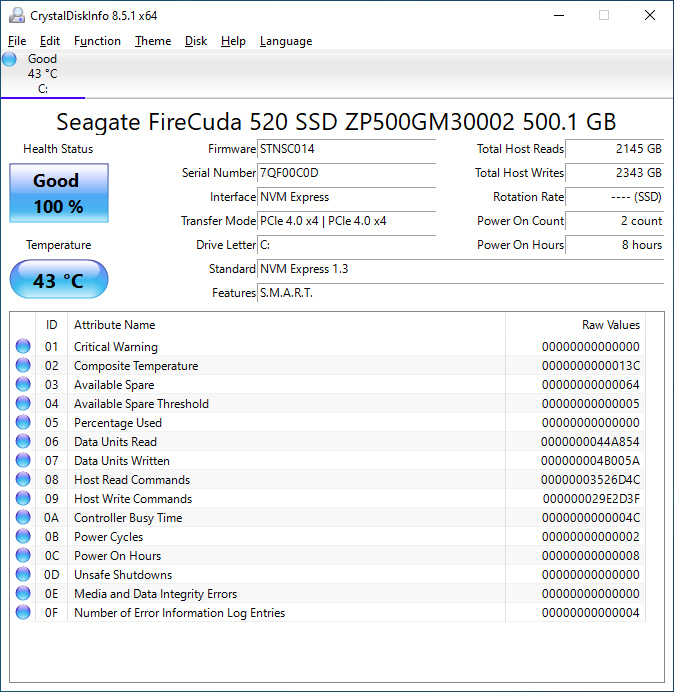
CrystalDiskInfo can give us some basic information about the SSD, and confirms we are operating at PCIe 4.0 x4 speeds using NVMe 1.3.
Test System Configuration
We are using the following configuration for this test:
- Motherboard: ASUS PRIME X570-P
- CPU: AMD Ryzen 5 3600 (6C/12T)
- RAM: 2x 16GB DDR4 3200 UDIMMs
Our testing uses the Firecuda 520 500GB as the boot drive for the system, installed in the M.2_1 slot on the motherboard. The drive is filled to 85% capacity with data and then some is deleted, leaving around 60% used space on the volume.
Next, we are going to get into our performance testing.

